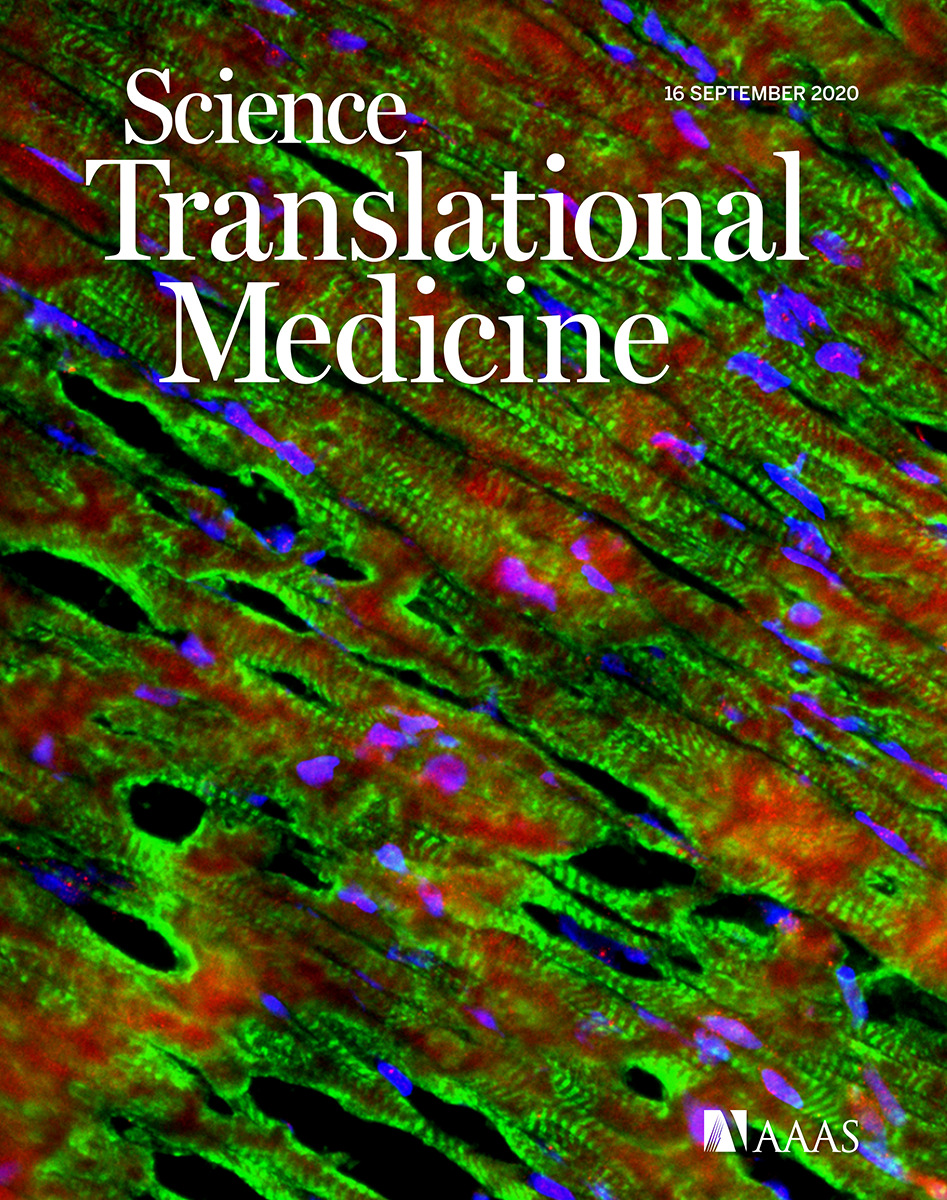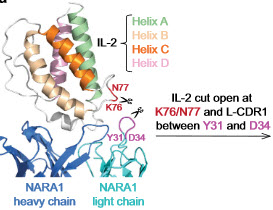Tumor Immunology
Introdcution
Cancer is the second leading cause of death worldwide, with little curative options for metastatic disease. Tumor immunotherapy and particularly immune checkpoint inhibitors have resulted in remarkable response rates in patients with metastatic cancer. However, these approaches are limited to immunogenic tumors. Due to its ability to drive or suppress immune responses, interleukin-2 (IL-2) is ideally positioned to play a deterministic role in anti-tumor responses. IL-2 was the first immunotherapy used and approved in metastatic melanoma and kidney cancer, leading to durable responses in a subset of patients. Despite these promising results, IL-2-based approaches have not been widely adopted. The reasons for this include (i) the short half-life of IL-2, which makes its administration difficult, (ii) its toxic adverse effects on vasculature and different organs, and (iii) its stimulation of Treg cells able to dampen anti-tumor immune responses.Insights from the Lab
Our longstanding interest in the biology and therapeutic potential of cytokines stems from our discovery of IL-2/anti-IL-2 monoclonal antibody complexes (IL-2cx), that allow us to direct IL-2 to immunostimulatory or suppressor cells. Complexing IL-2 with the CD122-directed NARA1 antibody leads to vast improvement of the pharmacokinetic properties and anti-tumor efficacy of IL-2 (Arenas, 2016). We have further improved this formulation by developing the novel single-agent NARA1luekin fusion protein which is currently in clinical testing (Sahin, 2020).While the benefit of using IL-2cx or other IL-2 based formulations to treat malignancies is well established in pre-clinical models, the mode of action of therapeutic or endogenous IL-2 is still largely unknown. Our studies have demonstrated that the immunological effect of IL-2 exceeds its direct interaction with IL-2 receptor expressing T and NK cells. One such example is the indirect expansion and activation of dendritic cells upon IL-2 therapy which renders poorly immune filtrated tumors more immunogenic (Raeber, 2020). In our lab we use multidisciplinary approaches, state-of-the-art pre-clinical models and novel genetically modified mouse lines to shed light on these underlying cellular mechanisms. As IL-2-based formulations are entering clinical testing with increasing speed, we believe these studies will prove essential to generate potent and durable anti-cancer immunity.
Relevant Publications
Interleukin-2 signals converge in a lymphoid–dendritic cell pathway that promotes anticancer immunity
click on the image to read the article or see our Publications section
An IL-2-grafted antibody immunotherapy with potent efficacy against metastatic cancer
click on the image to read the article or see our Publications section


